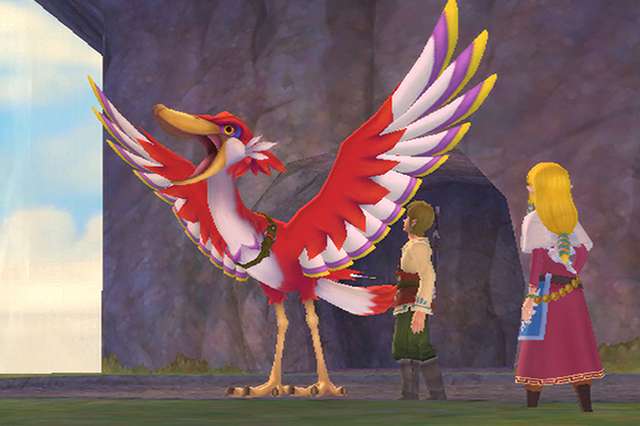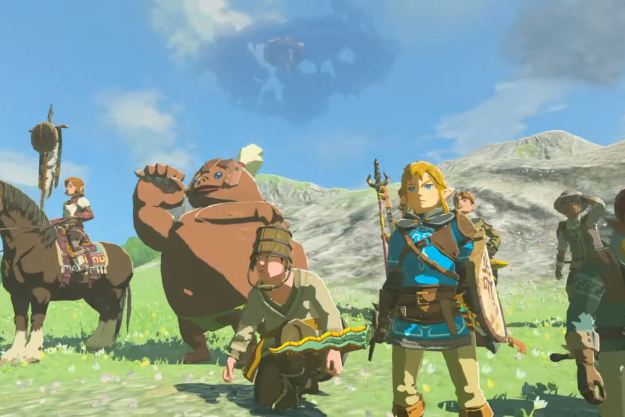
To mark the occasion, Nintendo has released a Wii U Virtual Console version of 2011’s The Legend of Zelda: Skyward Sword, which is now available digitally via the console’s eShop for $20.
The Legend of Zelda: Skyward Sword introduced the floating city of Skyloft, and gameplay alternates between flight-based exploration and combat that unfolds across a series of surface overworlds. Like the original Wii release, the Wii U Virtual Console version of Skyward Sword demands precise motion-controlled swordplay, and requires a Wii Remote along with a connected Wii MotionPlus gyroscope accessory.
Nintendo also revealed an upcoming slate of The Legend of Zelda-themed amiibo figurines that are compatible with a number of series releases across the 3DS and Wii U. New figures include the pixel-rendered 8-Bit Link, Link as he appeared in The Legend of Zelda: Ocarina of Time, and Toon Link and Toon Zelda figures inspired by The Legend of Zelda: The Wind Waker.
All Zelda-themed amiibo can be scanned by the Wii U GamePad to unlock new content in the upcoming The Legend of Zelda: Breath of the Wild. The four figures will hit retail on December 2.
The 3DS brawler Hyrule Warriors Legends, meanwhile, has received a new batch of downloadable content to celebrate Zelda’s 30th anniversary. Players who download the third Hyrule Warriors Legends DLC pack will receive the new Sand Wand weapon for Toon Link, along with a dimension-hopping train from The Legend of Zelda: Spirit Tracks that can be summoned to mow down enemy hordes.
The new DLC pack also adds Toon Zelda as a playable character, along with a new Adventure Mode map. Players can download the Hyrule Warriors Legends “Phantom Hourglass and Spirit Tracks Pack” from the in-game “Extras” menu starting today.
Editors' Recommendations
- Nintendo’s Zelda movie needs to be nothing like The Super Mario Bros. Movie
- Zelda: Tears of the Kingdom’s new update removes item duplication glitch
- All Zelda: Tears of the Kingdom Amiibo rewards
- One of Link’s oldest enemies returns in new Zelda: Tears of the Kingdom ad
- Before Tears of the Kingdom, you need to play Zelda’s most underrated game


